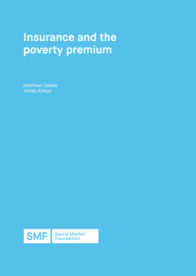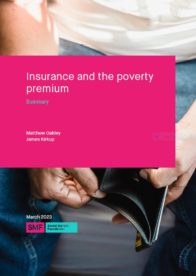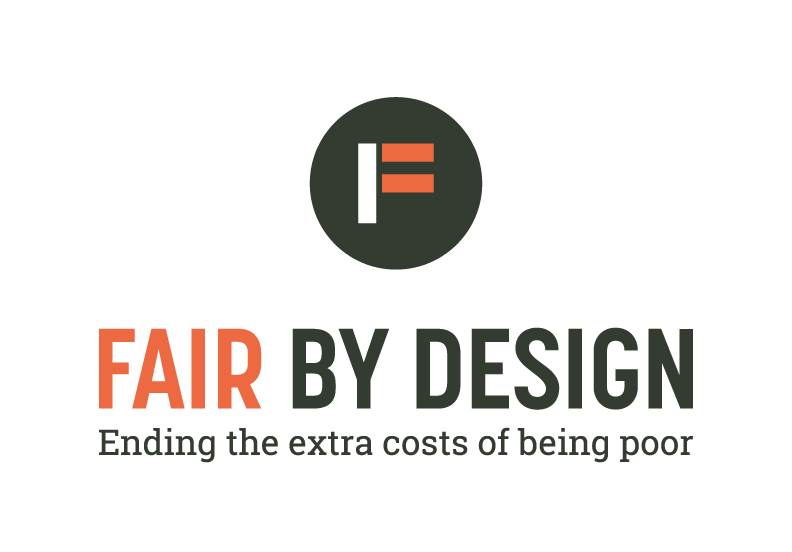People in poverty regularly face a poverty premium in the insurance market. Not only is that unfair, it also leads to worse outcomes for people, families and society – and it risks trust in the market mechanism. In this report, we conceptualise drivers of the poverty premium and call on the government, the insurance industry, and regulators to establish policies that can protect people in poverty from paying more.
We present new evidence on poorer people’s experience of the poverty premium, and their perceptions of insurance:
- Over half (55%) of people in poverty in are finding it difficult to pay for their insurance amidst the cost of living crisis.
- People on low incomes can pay £300 more on car insurance than a richer driver insuring a similar car. Additional charges for paying monthly instead of annually could mean an extra £160.
- Six in ten of those in poverty think that buildings insurance and contents insurance should be classed as an essential.
Understanding the poverty premium – we need to resolve whether:
- Poorer policyholders are paying more for higher risks associated with their circumstances, i.e. the cash poverty premium at play.
OR
- Poorer policyholders are paying more, despite being of less or equal risk to richer counterparts, i.e. the value poverty premium at play.
Stakeholders interviewed as part of this research agreed that understanding the balance between these two routes of the poverty premium is essential to better policy.
What can be done?
- The FCA should investigate the poverty premium in insurance, and should publish results on firm-by-firm basis
- In parallel, the FCA should conduct a Market Review of single-item insurance cover, to assess for significant consumer detriment
- The Government should undertake a review of potential interventions, including state-backed insurance products for people on means-tested benefits or low incomes, and introduction of stricter regulation on pricing



